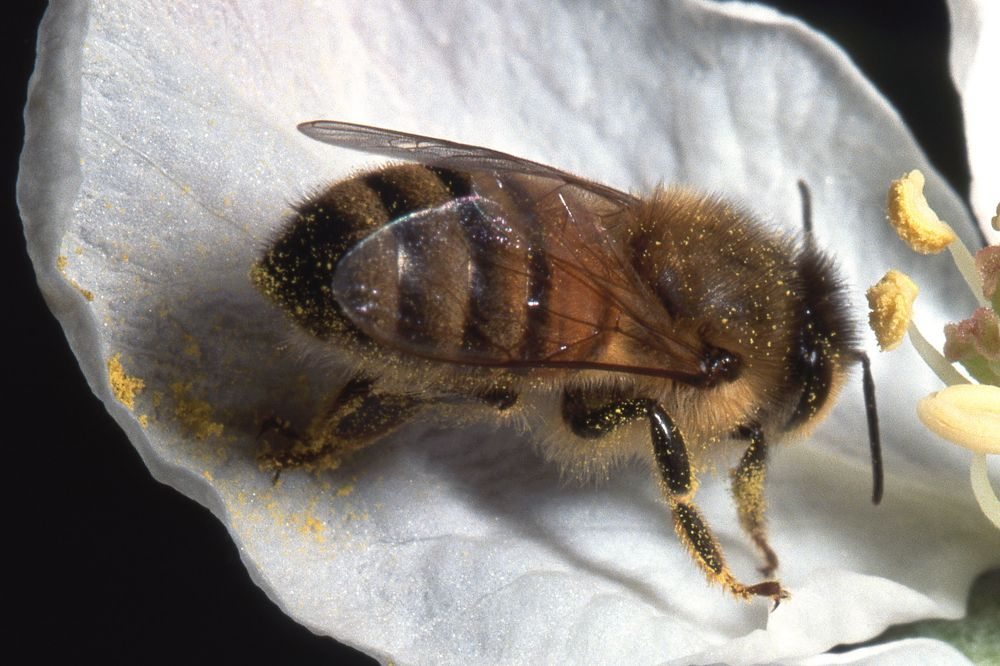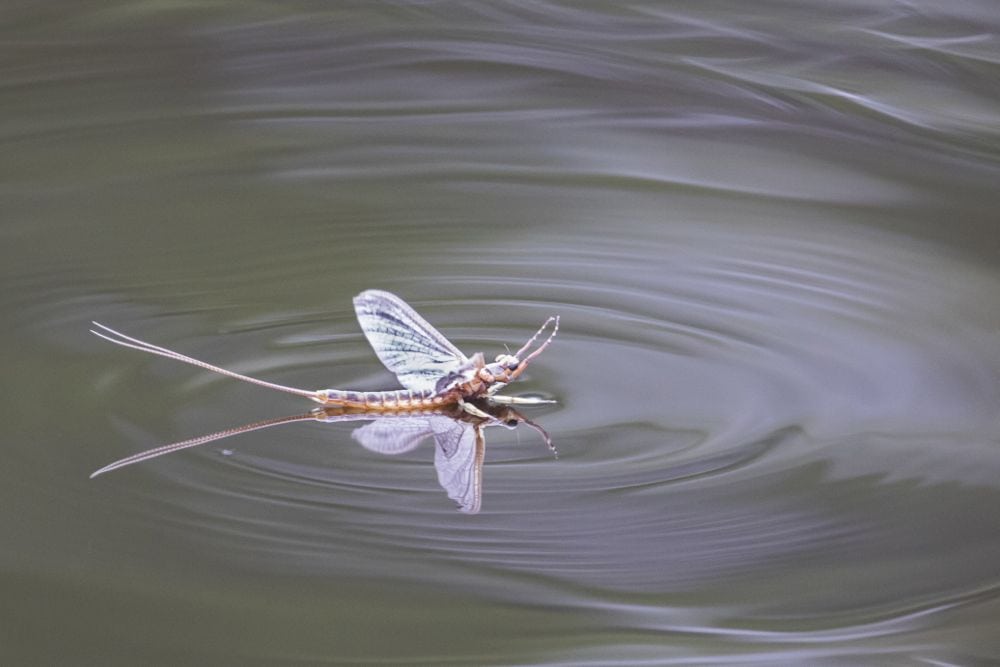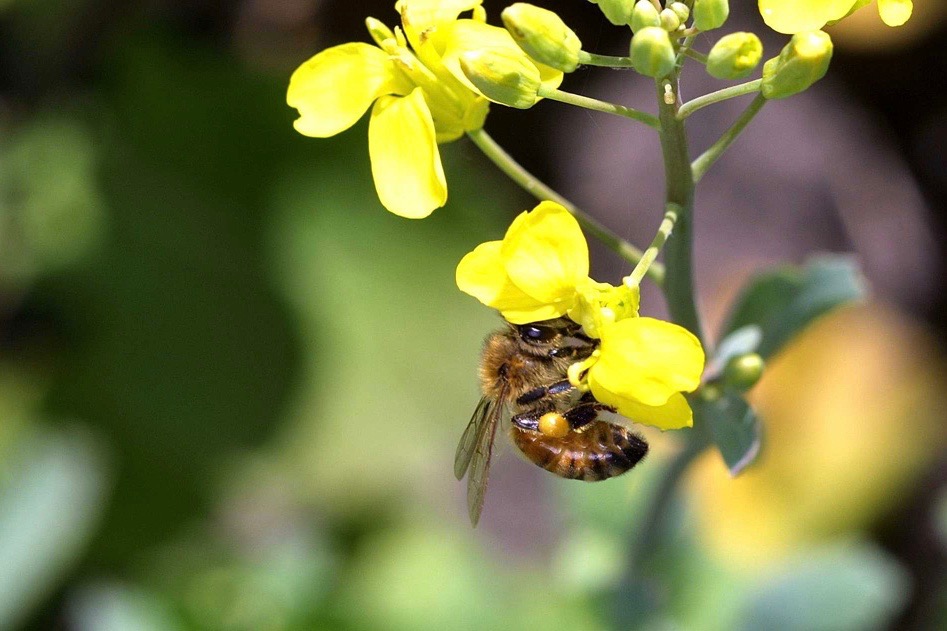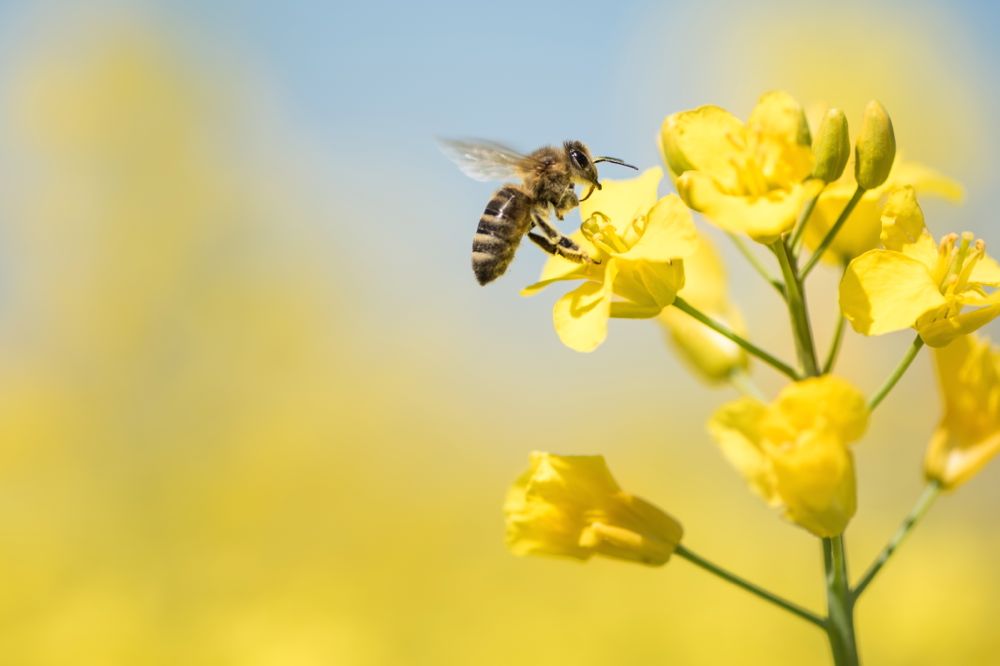An expedition through published and unpublished studies on neonicotinoid pesticides has led a Guelph research team to find no colony-level risk to honeybees from the seed treatments — if they’re correctly used.
The University of Guelph team, led by toxicologist Keith Solomon and adjunct professor Gladys Stephenson, analyzed 64 papers from “open, peer-reviewed literature” on the topic plus 170 unpublished studies submitted to regulators by the products’ manufacturers, Syngenta and Bayer.
The scientists, who on Monday published their findings online across five papers in the Journal of Toxicology and Environmental Health, said Bayer and Syngenta asked them to assess earlier studies conducted by or for the companies, on the impacts of pesticide-treated seeds on honeybees.
Read Also

Senft to step down as CEO of Seeds Canada
Barry Senft, the founding CEO of the five-year-old Seeds Canada organization is stepping down as of January 2026.
Solomon and Stephenson used a “quantitative weight of evidence” methodology, meant to gauge the quality of reported data and to compare relevance of results from different studies.
The “higher-tier” studies which Solomon and Stephenson examined were focused on the exposures of honeybees to neonicotinoids by way of “several” matrices as measured in the field, and on the effects seen in “experimentally controlled” field studies.
The Guelph team’s study involved Bayer’s clothianidin and imidacloprid and Syngenta’s thiamethoxam, all used in seed treatments for various field crops.
The original papers, Solomon said, varied in quality and “scientific rigour,” but their results generally showed no adverse effects of pesticides on honeybee hives.
For all three products, the “overall weight of evidence,” based on the studies analyzed, indicated “no adverse effects on colony viability or survival of the colony,” the team wrote in the Journal.
“At least for honeybees, these products are not a major concern,” Solomon said in a university release Tuesday — though he granted the three pesticides can kill individual honeybees, and could also pose threats to other pollinators.
That said, “use of these neonics under good agricultural practices does not present a risk to honeybees at the level of the colony.”
“Many studies look at effects of insecticides on individual bees,” he said in a release Tuesday. However, “what regulations try to protect is the colony — the reproductive unit.”
Other researchers, he said, might use the Guelph team’s results to improve studies of pesticide exposure in hives.
The Guelph researchers also stressed the importance of “good agricultural practices” in farmers’ neonic use, including making sure the treated seeds are coated and planted properly to avoid airborne contamination of bees during seeding.
The Guelph team’s results don’t necessarily apply to other insects that also serve as crop pollinators and that have shown population declines, Solomon said.
For those, he said, “there are too few studies at the colony or field level to allow a weight-of-evidence analysis.”
The team said bees and other pollinators are affected by “potentially harmful” factors, including long-distance movement of colonies for crop pollination, as well as mites and viruses, weather, insufficient food and “varying beekeeping practices.” — AGCanada.com Network




















